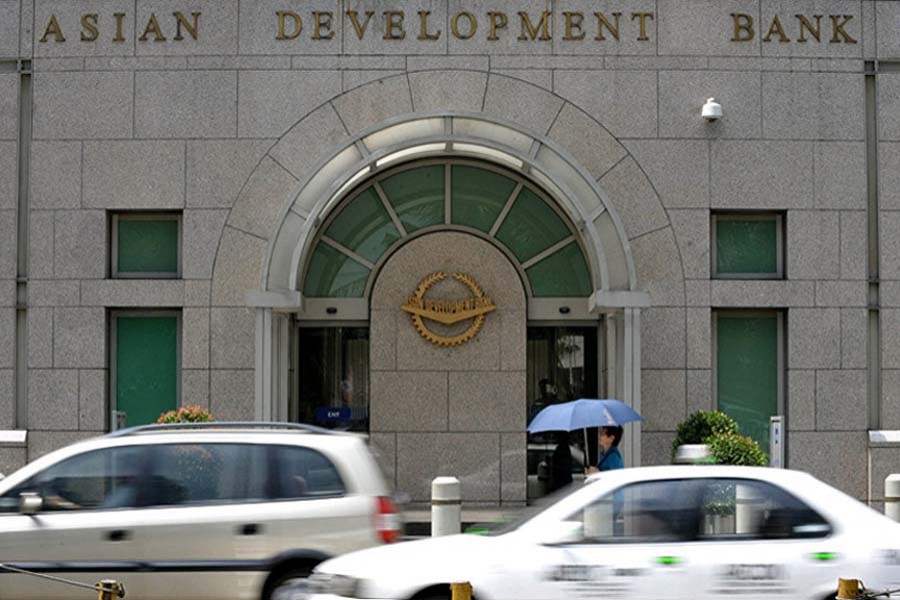The ADB has introduced a new loan pricing for its developing member countries and economies with higher income sub-groups paying higher maturity premiums for longer term loans.
The Asian Development Bank (ADB) approved the introduction of diversified financing terms that will be effective on Jan. 1, 2021, according to a statement released on Thursday.
The recipients of ADB funds are divided into three groups according to their per capita income levels and creditworthiness, reports Xinhua.
All 68 members of ADB have access to the loans and grants from the institution. Furthermore, the recipients are classified under groups A, B, and C, the ADB said.
"Some of them will not (be affected) because they are vulnerable countries such as small island developing states,” the ADB said.
“The list of countries under each category will be updated before effectivity of the diversification with latest GNI (gross national income) per capita data," the bank added.
The financing terms offered to Group A and B countries and economies are already diversified with a combination of grants, concessional loans, and market-based loans. Group C countries have a wider spread of per capita incomes but are all offered the same financing terms.
In the new pricing framework, the ADB said Group C countries will be divided into several sub-groups according to their GNI - lower middle-income, upper middle-income, and high-income.
Higher income sub-groups will pay higher maturity premiums for longer term loans, the ADB added.
For instance, it said upper middle-income countries with GNI per capita of 6,976 US dollars to 12,375 US dollars (in 2018 prices) will pay up to 30 basis points additional maturity premium depending on the loan tenor.
The Manila-based bank said the new pricing framework will provide more favourable terms to more vulnerable countries such as small islands, developing states and countries transitioning from Group B to Group C.
It said the additional income from the new pricing will supplement existing Technical Assistance Special Funds to support policy advice, institution building, and knowledge sharing in ADB's developing member countries and economies.
The pricing framework will also help build reserves for expanding ADB's lending capacity in the long term, it added.
"The current flat pricing structure offered to our recipient countries borrowing only market-based loans does not reflect the high level of diversity among these countries in their income levels, capacities to mobilize domestic resources, and access to capital markets," said ADB President Takehiko Nakao.
Nakao said "the new structure will enable us to continue engaging with countries at a more advanced stage of development on terms that remain fair and competitive with other multilateral development banks, and contribute to ADB's long-term sustainability."
The ADB said this reform reflects a regional landscape that has changed over the past 50 years.
"The situation in Asia and the Pacific region is now different compared to 1966 when ADB was established. Most ADB recipient countries are currently middle-income countries. These countries, though with relatively higher income and strong financial capacity, still need ADB's support to tackle pockets of poverty, strengthen institutions, and address climate change and other areas with externalities," the ADB further said.
Established in 1966, it encompasses 68 members - 49 from the region.


